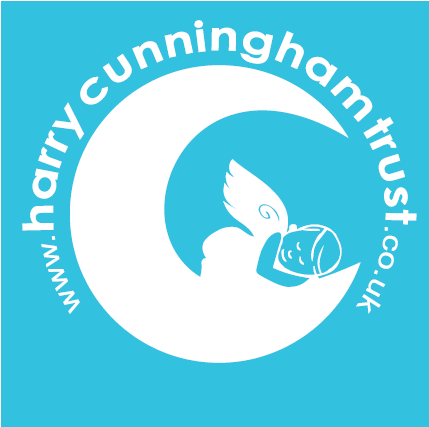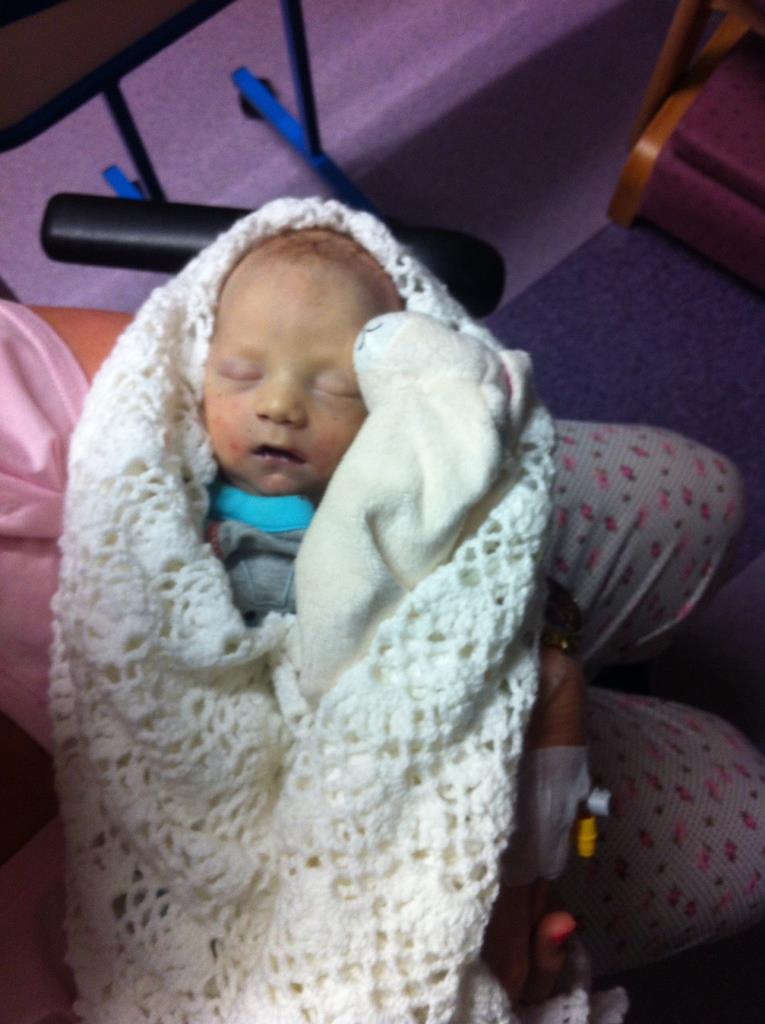I have a confession to make
I was too scared to ask
I should have been braver
I will have a private scan at 23 weeks
I will ask my kind doctor then
I should not have been too scared
I should have been braver
I should have asked
I am honoured to have Niki Cunningham here from the Harry Cunningham Trust to tell you why
Harry was expected to be a very happy and healthy baby, it was only during his delivery that things started to go wrong for him. I had a condition which had gone undiagnosed during the pregnancy , called vasa praevia. This is when the umbilical cord inserts itself into the placenta in a way that is not usual. It looks like a spiders web of veins, that are exposed and unprotected, unlike a normal cord and placenta where the veins are protected by a special jelly. This spiders web of unprotected veins grows over the exit point of the womb, the cervix, and when the mother’s womb begins to contract during labour and squeezes around the baby’s head it causes the exposed veins to rupture, and by the time this is discovered it usually has catastrophic results for the baby.
In Harry’s case, the bleed went undiscovered for four hours and when he was delivered he had lost such a lot of blood. It took the team at RD&E hospital 25 minutes to resuscitate Harry, by which time he was severely brain damaged and suffered multiple organ failure.
We spent a very precious and memorable 26 hours with our little boy, but by this time the staff in the neonatal unit had explained to us that there was no more they could do for Harry and we made the hard decision to withdraw his treatment and say goodbye to our little boy in the arms of his mummy.
When I discovered that this condition can be easily diagnosed during routine ultrasound appointments, but isn’t it broke my heart. I vowed I would do all I could to make sure other babies weren’t lost to this condition, and have since been working with the NHS National Screening Committee to roll out a nationwide screening programme at the 20 week anomaly scan to include vasa praevia for “at risk” mothers.
The scan takes literally a couple of minutes as a part of the anomaly scan, where the sonographer checks the position of the placenta and uses a colour Doppler to check the blood flow through the placenta and the cord. If it appears to cross over the cervix, then the sonographer would do a vaginal scan to get a better view and rule out vasa praevia. If vasa praevia was diagnosed, then a management plan of bed rest and a planned caesarean section around 34-36 weeks (to avoid membranes rupturing spontaneously) would be put in place and this results in a 95% survival rate.
Vasa praevia is as common as Downs and this screening process is far less invasive, and can ultimately save a babies life.
It is not currently screened for routinely, so please tell anyone you know who is expecting a baby to ASK ABOUT VASA PRAEVIA AT THEIR 20 WEEK SCAN. Don’t say goodbye to your baby, so quickly after saying hello. It can be prevented, so easily.
More information on vasa praevia can be found at http://www.harrycunninghamtrust.co.uk/about-vasa-praevia.php
Harry’s Story can be found at: www.missingharry.blogspot.co.uk
I am going to ask for this simple check at my next scan
Thanks to Niki and to Harry
Will you?



In tears over the photograph of Harry. Heartbreaking…no words can do justice. God bless you Niki and Jennie for sharing this information. I have never heard of this before. Thank you and sending strength to you both.
Oh I am crying looking at little Harry. I am booking a private scan next Saturday to review my sch so will ask them to check for this.
It’s so awful that things that could be done to save babies go amiss this day in age, no one deserves to loose a baby x
Am in floods of tears looking at beautiful baby Harry. That’s incredibly sad.
I am glad I read this as I know a few people expecting a baby. My nephew/niece is due in a few months, I will be talking to my sister in law and brother, thank you for making me aware. xx
Pingback: A Private Anomaly Scan | Edspire